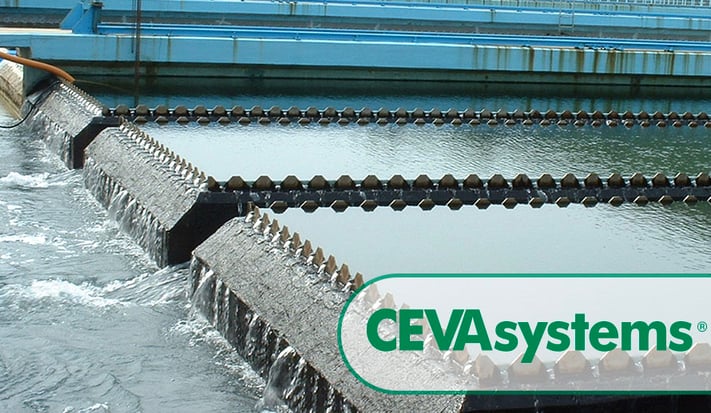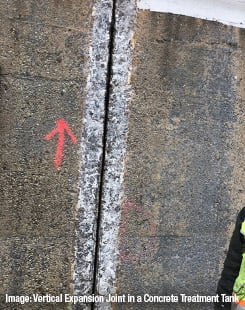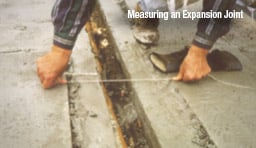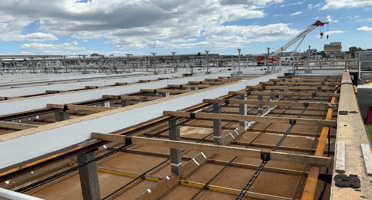Expansion joints are narrow openings between sections of a concrete wall or two floor slabs. Such...
Expansion Joints & Wastewater/Water Treatment Plants

A common focus in wastewater treatment facilities is the maintenance and protection of the tanks in these plants. The service lives of both steel and concrete process tanks are dependent on the selection of the proper maintenance and protection products. The selected products should prevent chemical attack and abrasion on the tanks’ surface from the movement of water and solids. In addition, the substrates must be able to weather multiple freeze-thaw cycles and there is the potential issue of the quality of the concrete structure itself.

Especially significant in concrete tanks is the condition of the actual slabs and the expansion areas between concrete slabs. These expansion gaps are critical to the long-term service life of a concrete water treatment tank and the joints should not be neglected. Thermal cycling and exposure to ultraviolet light can, over time, cause cracking, blistering or flaking in the expansion joint above the tank’s scum line. Failure eventually filters down through the rest of the expansion joint. This breakdown can have a degenerative effect on adjacent concrete slabs. Such an effect leads to water leaking through the expansion joint and leaching into the ground, continuing the degradation of the concrete.
Specialized expansion joint materials are available to remedy this situation. To select the correct remedial action, the tank should be drained and taken out of service. A detailed inspection of the concrete substrate and expansion joint areas, as well as the mechanical components in the tank, should be performed. Any areas where failure has occurred should be recorded and a remedial specification developed.
Also read: The Ultimate Guide to Understand Expansion Joints Types
How to Size Expansion Joints

The dimensions of the widths between concrete slabs should be recorded. The expansion joint seals can be properly sized and fabricated based on the recorded width(s). The expansion joint lengths detailed in the as-built drawings or measured during the inspection can be fabricated in the expansion joint shop. The fabrication should include any mitered joints to fit a wall-floor angle. The closed-cell, low-density expansion joint seal must be stable in sunlight, chemically resistant, waterproof and able to withstand up to 70 feet of head pressure. The joint seal should be able to accommodate both shear and horizontal movement, in addition to functioning in both compression and tension in order to withstand the thermal coefficient affecting the concrete tank.
Video of Expansion Joint Installation
Conclusion
Additional repairs may include rebuilding the concrete around the joints. A self-leveling polyurethane-based elastomeric concrete can be used. This product and its bonding material should be immersion grade and have the physical properties to be installed on horizontal and vertical applications. Further, a comprehensive facility maintenance specification should include the assessment of the condition of the concrete slabs or steel plates, if a steel tank. Proper research along with accurate field assessments should be used when selecting the appropriate expansion joint system as well as protective coatings and linings for concrete and steel tanks.
If you have any questions or require information for your next paving project, please visit the Chase website at www.chasecorp.com/Expansion .







